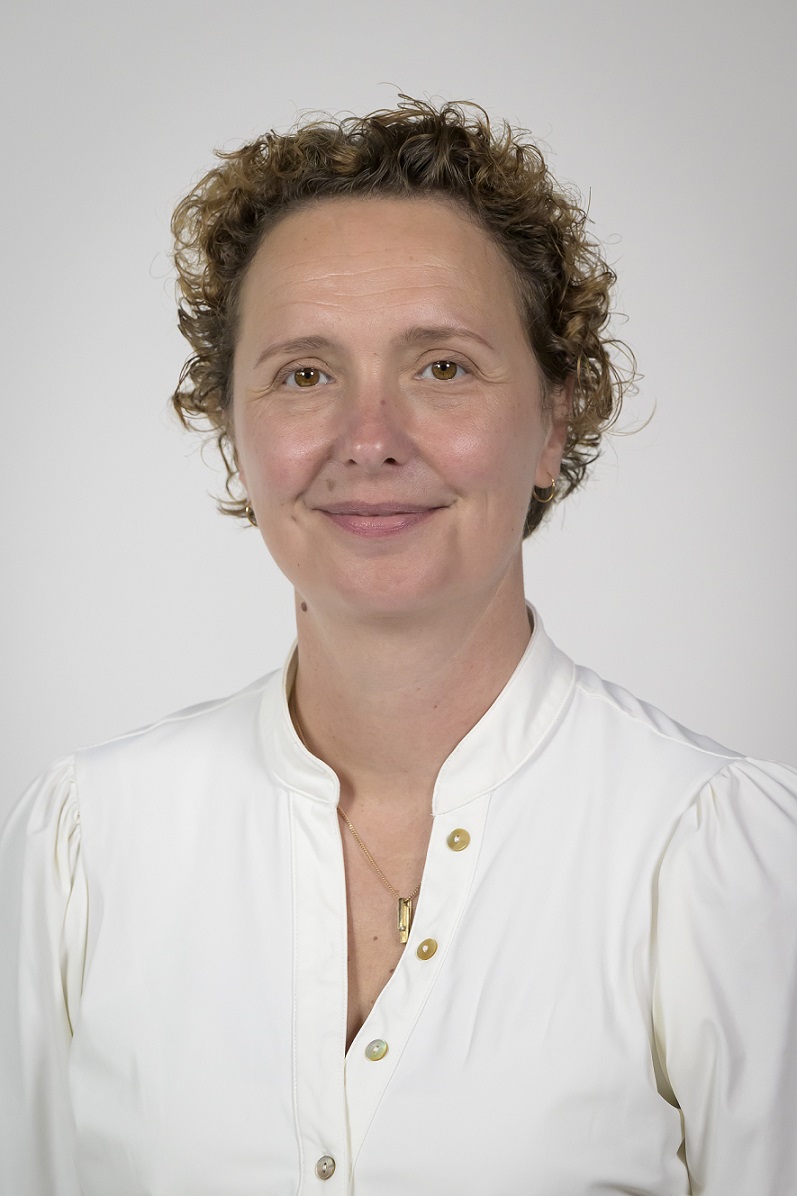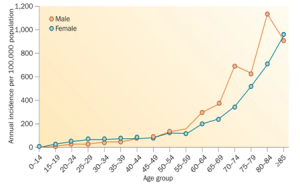
Vascular malformations are congenital abnormalities of the blood vessels in which the vessels have not developed normally. They may involve malformed arteries, veins, capillaries, or a combination of these. Depending on the type and location, these abnormalities can be associated with an increased risk of thrombosis (blood clots). This tendency is particularly seen in venous malformations (malformations involving veins).
It is important to distinguish between thrombosis occurring in the small superficial vessels within the malformation itself, and more serious conditions such as deep vein thrombosis (a clot blocking a large vein) or pulmonary embolism (a blockage in the blood vessels of the lungs). People with venous malformations often develop small, superficial clots within the malformation. Clinically, this often presents as recurring pain and localized swelling.
In blood tests, an elevated D-dimer level is often found. D-dimers are breakdown products of a blood clot and can be elevated in the blood if clot formation has occurred. However, D-dimer levels can also be elevated due to other causes, such as infection, liver disease, pregnancy, or underlying conditions like cancer.
In some cases, people with a venous malformation and activated clotting can develop a clot in a larger vein, leading to deep vein thrombosis or a pulmonary embolism. The risk of this increases with age.

Figure Nature 1998: Risk of Developing Thrombosis with Aging
The risk of thrombosis is certainly not the same for every venous vascular malformation. Aspects such as location and size of the vascular malformation play a role in addition to having increased D-dimers as well as being able to feel the presence of clots (these are called phleboliths). If there is an increased risk of developing thrombosis, then in consultation with the treating physician, it can be determined which treatment is indicated. If the vascular abnormality is present in the arms or legs, a major improvement can often be achieved by means of compression stockings. Sometimes it is necessary to remove or close off large, dilated vessels in order to reduce the risk of a major thrombosis such as a pulmonary embolism. If all this is not sufficient, drug treatment can be chosen.
There are various medications (anticoagulants) available for this purpose, but the drugs Dabigatran and Rivaroxaban are frequently prescribed for this. These drugs can be taken orally in tablet form. Drugs that ensure that you clot less have the disadvantage that you may have an increased tendency to bleed and therefore bruise more easily. If a woman with a venous vascular malformation with an increased tendency to clot and is pregnant at the same time, treatment with low molecular weight heparins (LMWH) is actually always chosen because in the event of bleeding, action can be taken more quickly. The disadvantage of LMWH therapy is that you have to receive the drug subcutaneously every day, which can cause small local bruises. The duration of the treatment is highly dependent on the complaints of the people and what type of thrombosis has occurred. Having a large vascular malformation (more than 10 cm2) and having suffered a pulmonary embolism can be an indication for lifelong anticoagulation. Especially if there are other underlying risk factors. At the same time, the indication for treatment of superficial clots in the vascular malformation is often based on recurring pain complaints and is therefore not given lifelong but on indication.
Nowadays, more and more venous vascular malformations are treated with sirolimus. Sirolimus is a drug that inhibits the cell motor (mTOR). This motor often works too hard, which results in growth of the vascular malformation but also in activated clotting. Sirolimus can ensure that the pain complaints are greatly reduced by inhibiting this mTOR. You often see the D-dimer level decrease during treatment, but this is not necessary. The most important guideline during treatment is the reduction of the pain episodes and in some people even becoming pain-free.
Author Dr. Maroeska te Loo (Radboud MC, Netherlands).